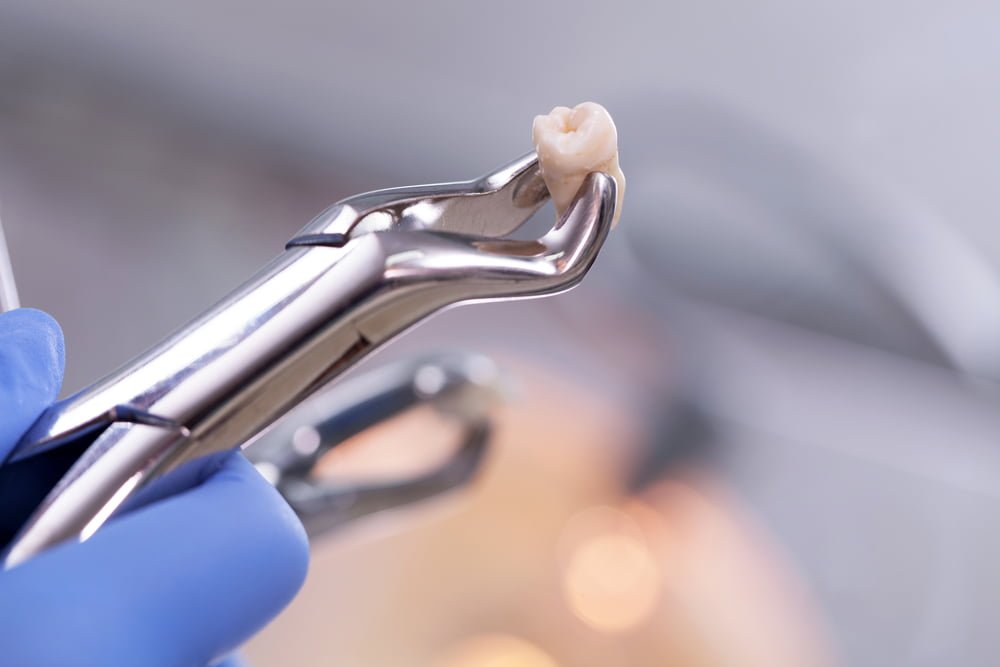Although permanent teeth can last a lifetime, teeth that have become damaged or decayed may need to be removed.
Other reasons include:
- A crowded mouth. Sometimes dentists extract teeth to prepare the mouth for orthodontics.
- Infection. If tooth decay or damage extends to the pulp, bacteria in the mouth can enter the pulp, leading to infection. If infection is so severe, extraction may be needed to prevent the spread of infection.
- Risk of infection. If your immune system is compromised (for example, if you are receiving chemotherapy or are having an organ transplant) even the risk of infection in a particular tooth may be reason to remove the tooth.
- Periodontal disease. An infection of the tissues and bones that surround and support the teeth can cause loosening of the teeth and it may be necessary to extract the tooth or teeth.
What to expect with tooth removal
Before removing the tooth, your dentist will give you an injection of a local anaesthetic to numb the area where the tooth will be removed.
If the tooth is impacted, the dentist will cut away gum and bone tissue that cover the tooth and then, using forceps, grasp the tooth and gently apply pressure to loosen it from the jaw bone and ligaments that hold it in place. Sometimes, a tooth that is difficult to remove must be taken out in pieces.
Once the tooth has been extracted, a blood clot usually forms in the socket. The dentist will pack gauze into the socket and get you to bite down on it to help stop the bleeding. Sometimes the dentist will place a few stitches to close the gum edges over the extraction site.
Once a tooth is extracted this will leave a gap in the mouth. You have options of replacing this tooth to close the gap.

